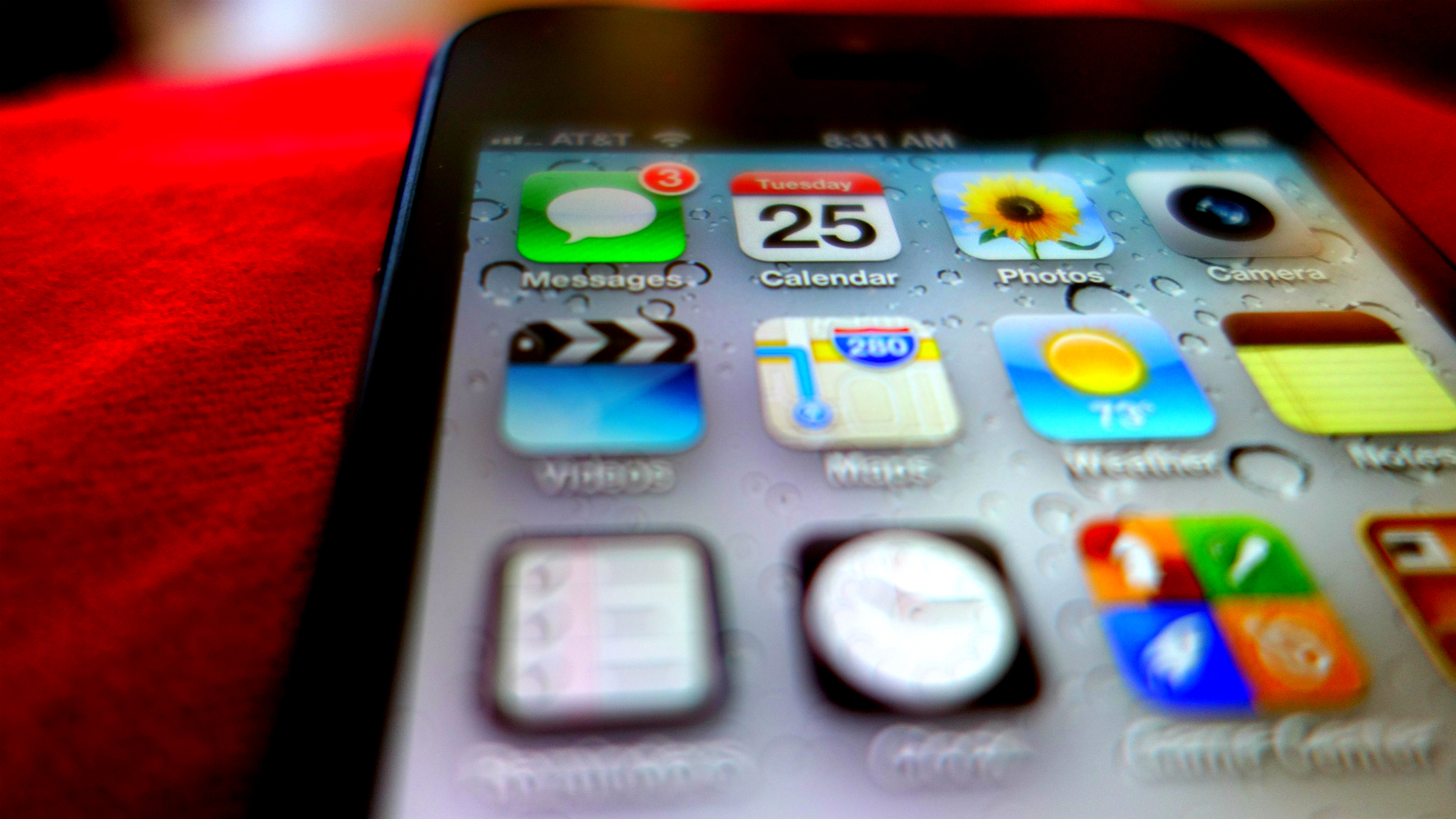
iPhone 5 outsells Galaxy S III? In your DREAMS
Bloggers the globe over report today -- and you can hear the snickering -- that Apple's flagship handset outsold Samsung's during fourth quarter. That's because Strategy Analytics director Neil Mawston told them so and they didn't really look carefully at the data: "Apple’s iPhone 5 overtook Samsung’s Galaxy S3 to become the world’s best-selling smartphone model for the first time ever in the fourth quarter of 2012".
Tsk. Tsk. Strategy Analytics mixes "bestselling" with "shipments". They are not the same thing. Shipments refer to units going into the channel (carriers and dealers), while sales refer to product purchased by users (businesses and consumers). Only Gartner measures actual phone sales, so why does Mawston use bestselling in one sentence referring to shipments in another?

Twenty-percent of dollars spent on consumer technology goes to Apple
No wonder Google wants to open retail stores and sell more gadgets. Apple's reach is enormous, which is as important for the brand as making mullah -- and there is a whole lot of that. According to NPD, the fruit-logo company accounted for 19.9 percent of all US retail consumer technology sales last year, up from 17.3 percent in 2011.
Samsung ranked second, accounting for 9.3 percent of sales, up 2 points year over year. HP (8.2 percent), Sony (4.4 percent) and Dell (3 percent) rounded out the top five.
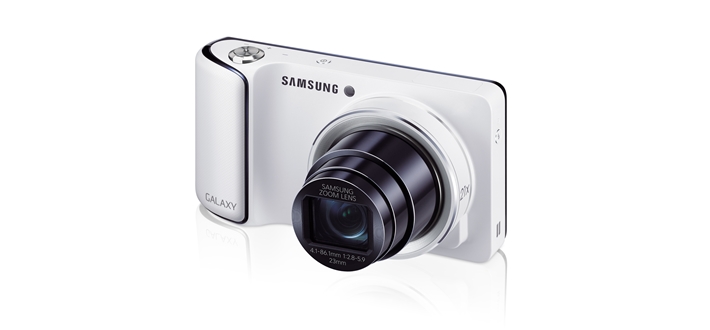
Samsung announces the Wi-Fi Galaxy Camera
On Tuesday, Samsung unveiled a new Galaxy Camera model featuring Wi-Fi-only connectivity. The South Korean manufacturer spares no expense, pairing the device with a quad-core processor and the first Jelly Bean iteration, among other noteworthy features.
With the Wi-Fi-only Galaxy Camera. Samsung drops support for 3G/4G LTE connectivity but maintains most of the specs from the original version. The new model features a 4.8-inch HD display with a resolution of 1280 by 720 and 308ppi density. The camera is powered by a 1.4GHz quad-core processor and a 1,650mAh battery, with the display and processor combination similar to the one found in the company's flagship Android smartphone, the Galaxy S III.

There is little room for a third smartphone platform
"We're No. 3!" will be BlackBerry's and Microsoft's rallying cry this year. Android and iOS so dominate the smartphone market, the best -- and quite honestly dismal -- hope is third; distant at that. Combined, based on actual phone sales, Android and iOS had 90.1 percent share during fourth quarter, up from 74.9 percent a year earlier, according to Gartner. BlackBerry and Windows Phone are neck-and-neck, with lowly 3.5 percent and 3 percent standings, respectively.
Upstarts want third place, too. Anshul Gupta, Gartner principal research analyst, explains: "2013 will be the year of the rise of the third ecosystem as the battle between the new BlackBerry10 and Widows Phone intensifies. As carriers and vendors feel the pressure of the strong Android’s growth, alternative operating systems such as Tizen, Firefox, Ubuntu and Jolla will try and carve out an opportunity by positioning themselves as profitable alternatives".

AOKP Jelly Bean MR1 Build 3 is available
Little more than three weeks since the last build, Android Open Kang Project, the team behind the popular AOKP green droid custom distribution, has unveiled Jelly Bean MR1 Build 3. The newest stable build sports the latest bug fixes and improvements added before Google released Android 4.2.2.
The team behind the project warns that issues related to Bluetooth should not be reported, as "it can’t/won’t be fixed before the 4.2.2 merge". The timing is rather interesting seeing as Google reportedly took charge and finally improved Bluetooth connections in the latest update, which arrives less than a day after the release of Jelly Bean MR1 Build 3. The new build introduces support for a couple of new devices, including the Acer Iconia Tab A510 (codename "a510"), the T-Mobile variant of the Samsung Galaxy S II (codename "hercules") and the LTE variant of the Samsung Galaxy Note II (codename "t0lte").
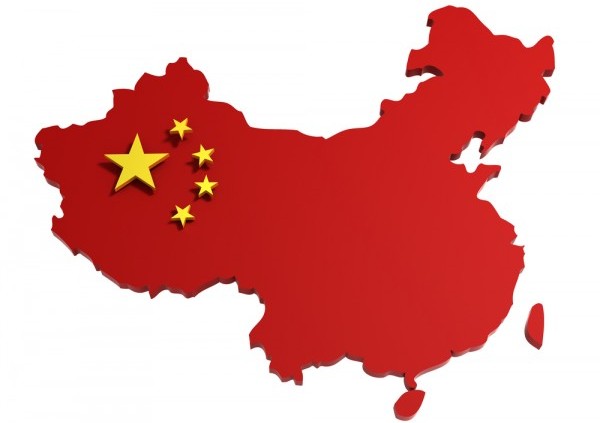
iPhone cracks against the Great Wall of China
The Chinese smartphone market is dominated by five top manufacturers, none of them Apple, Canalys reveals. As I've warned a couple times recently, despite CEO Tim Cook's prognostications about China's importance or his company boasting 2 million first-weekend iPhone 5 sales, competitors rapidly close out the market for costly fruit-logos.
China is the biggest market for mobiles, largely dominated by smartphones -- 73 percent of the total in fourth quarter, up from 40 percent a year earlier. Shipments soared 113 percent to 64.7 million units, or 30 percent of all smartphones globally. Samsung captured the top spot, followed by Lenovo, Yulong, Huawei and ZTE.
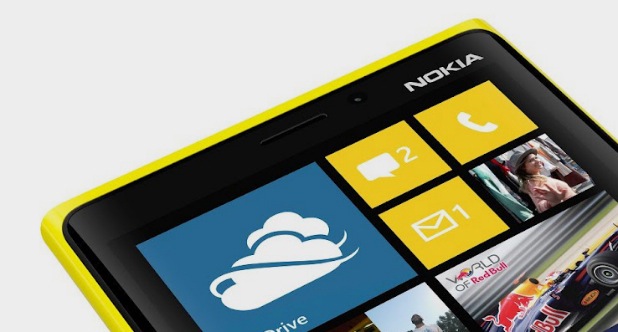
Vodafone UK slaps a price-tag on Windows Phone 8 devices
Two days ago Vodafone UK teased subscribers and potential customers by announcing that, starting February 6, Windows Phone 8 smartphones would be available for purchase. There was no mention of price at the time, but today the missing piece of the puzzle is finally revealed.
The most expensive Windows Phone 8 device to be had with no upfront costs is the Nokia Lumia 920. For the Finnish manufacturer's flagship Vodafone UK customers have to shell out GBP42 per month during a two-year agreement, and in return they receive 2GB of cellular data as well as unlimited calls and texts.
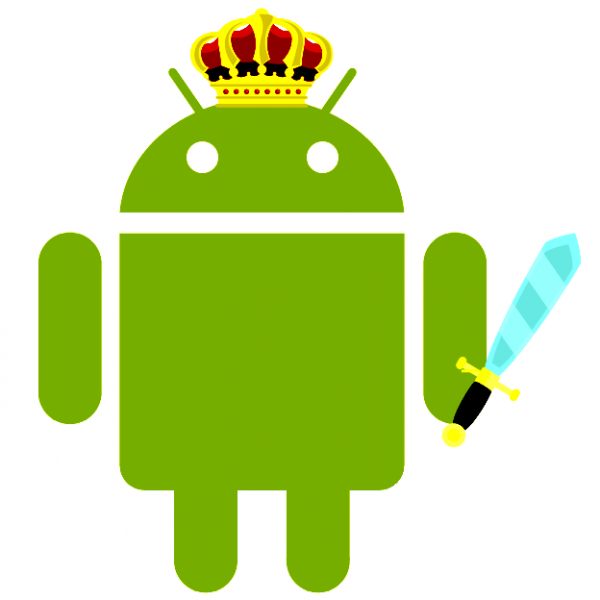
iPhone wins the U.S. (kind of), but Android rules the world
Americans love their iPhones, finally enough to topple Samsung's long-time leadership. During fourth quarter, Apple nudged ahead of the South Korean electronics giant, with 34 percent share, based on shipments, according to Strategy Analytics. To be clear, the numbers are for all mobiles, not just smartphones. The distinction is important for several reasons. The American company only ships smartphones, for which demand rages. Related: Overall phone shipments fell for the year.
"Apple has become the number one mobile phone vendor by volume in the United States for the first time ever", Neil Mawston, Strategy Analytics research director, says. "Samsung had been the number one mobile phone vendor in the U.S. since 2008, and it will surely be keen to recapture that title in 2013 by launching improved new models such as the rumored Galaxy S4".
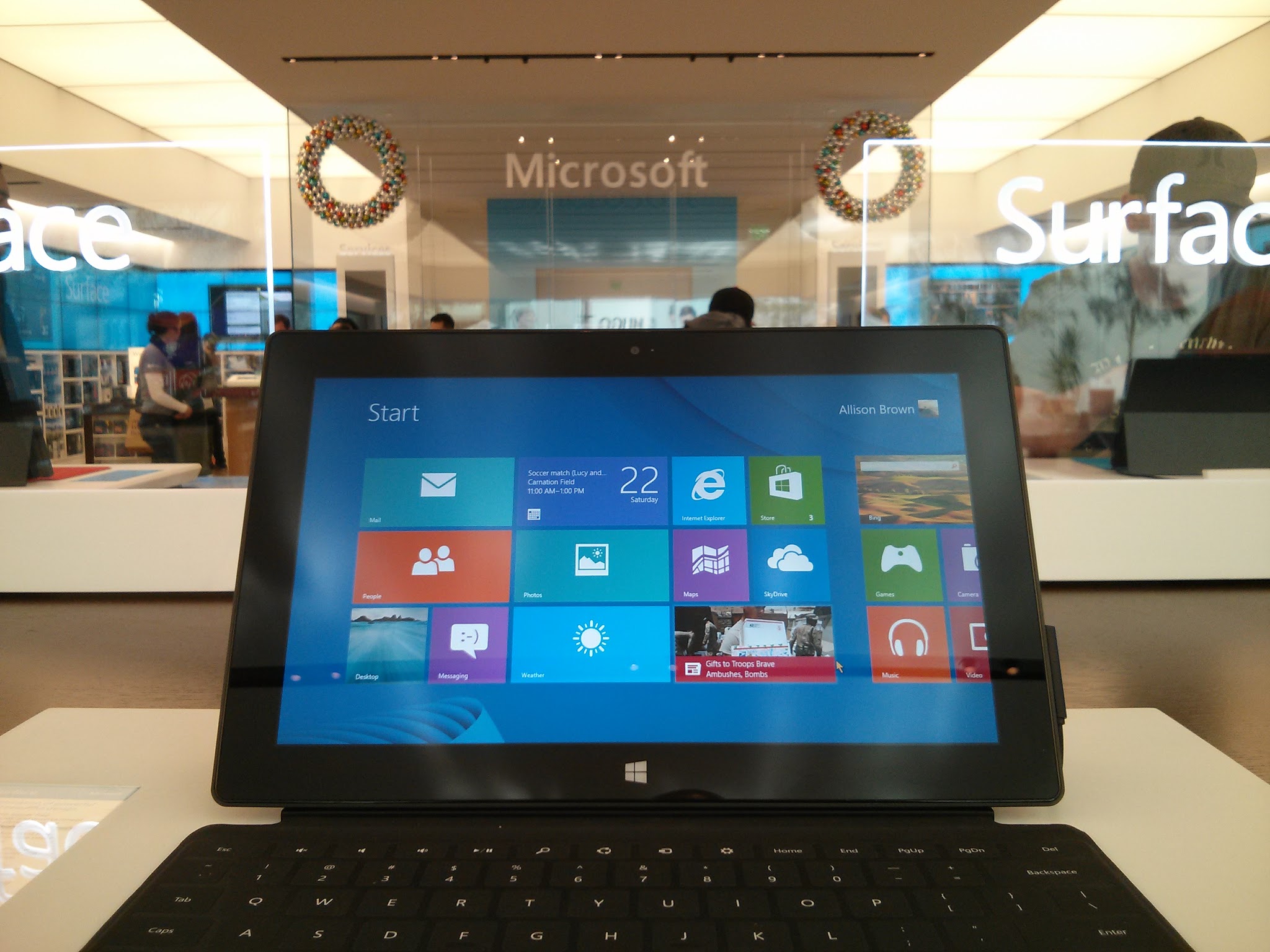
Surface sales suck
Or do they? If you listen to some analysts, Surface, and other slates running Windows 8 or RT, started slow out of the gate. Considering how much tablets sapped PC shipments in Q4, slow forebodes trouble ahead. Or does it?
"There is no question that Microsoft is in this tablet race to compete for the long haul", Ryan Reith, IDC program manager, says. "However, devices based upon its new Windows 8 and Windows RT operating systems failed to gain much ground during their launch quarter, and reaction to the company’s Surface with Windows RT tablet was muted at best". He estimates that Microsoft shipped just 900,000 Surfaces during fourth quarter, which means to stores and not actual sales to customers.

Judge rules Samsung did not ‘willfully’ infringe Apple’s patents
On 24 August 2012, after a thirteen day trial and three full days of deliberation, a California jury found Samsung guilty of infringing on several Apple patents and awarded the American company $1.05 billion in damages. The jury also found that Samsung had willfully stolen design elements from Apple, a damning finding which could have seen the amount of damages significantly increased.
Fortunately for Samsung, following post-trial hearings held over the past few months, US District Court Judge Lucy Koh last night issued a ruling overturning the jury’s willful infringement finding, a move which prevents Apple from being able to seek additional damages.
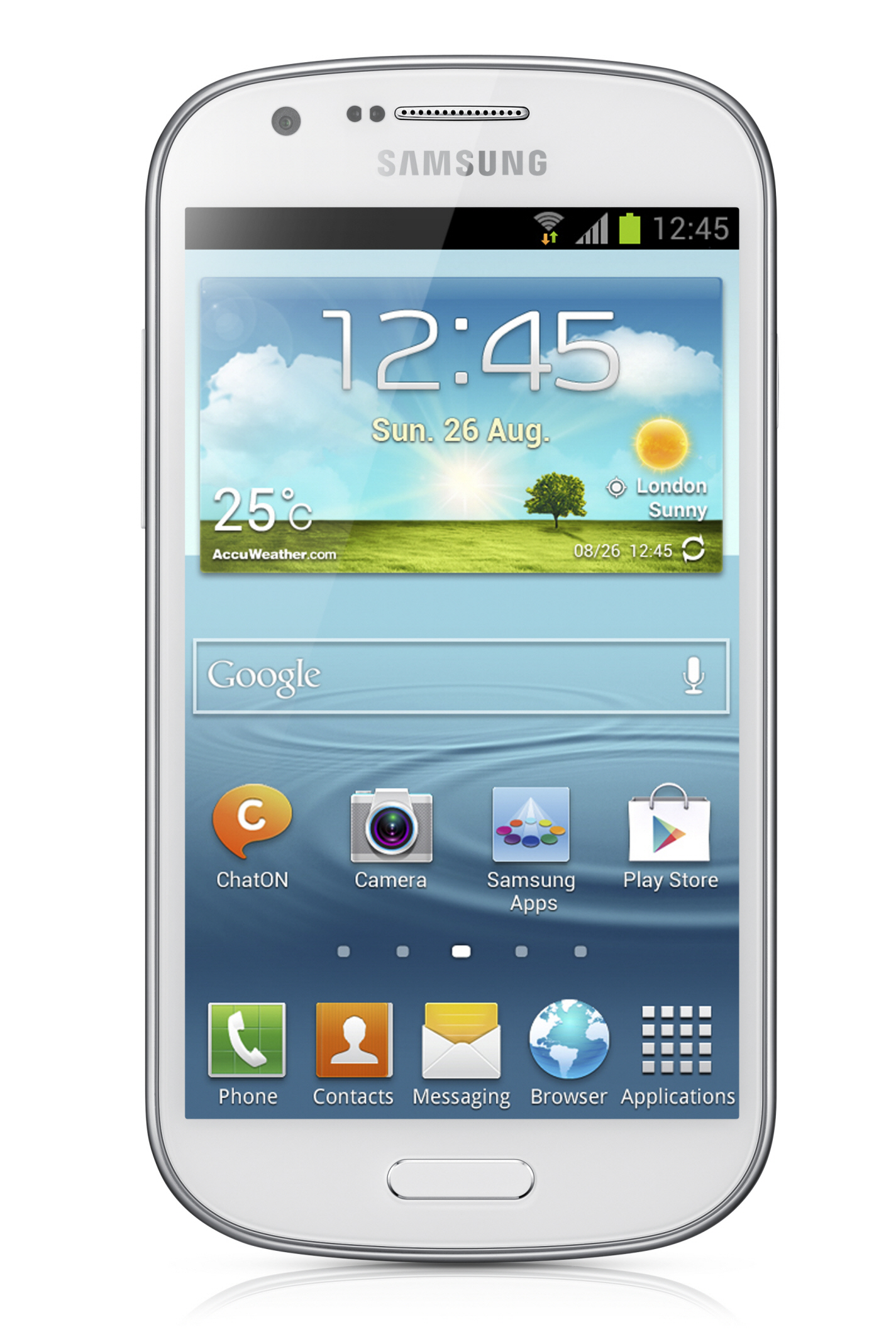
Samsung unveils the Galaxy Express, a rehashed and unexciting 4G LTE smartphone
Another day, another Galaxy smartphone. On Tuesday, Samsung unveiled a new handset as part of the company's ever expanding Galaxy lineup, this one dubbed the Galaxy Express.
The new device slots in-between the Galaxy S III Mini and the Galaxy S III, with similar design characteristics including the traditional rounded corners. Samsung could have named the new device the Galaxy S III Average, as the handset features a 4.5-inch Super AMOLED Plus display with a resolution of 800 by 480 and a 1.2GHz dual-core processor, both of which are in-between the specs of the two S-branded smartphones.
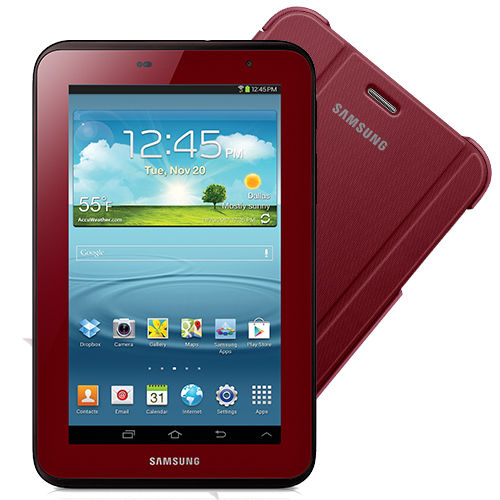
Samsung rolls out a limited edition Garnet Red version of the Galaxy Tab 2
Red seems to be the in color for mobile devices at the moment. First Verizon gave the world a red edition of Nokia's mid-range Lumia 822 smartphone, and now Samsung has introduced a Garnet Red version of its popular Galaxy Tab 2 slate. This isn't the first Samsung device to come in the bloody hue -- AT&T offered a Garnet Red edition of the Galaxy S III last summer.
Currently only available for the US market, the striking tablet comes with a matching case and Android 4.1 Jelly Bean onboard, in place of Ice Cream Sandwich. All the other specs remain the same, such as the 7 inch 1024 by 600 screen, 1GHz dual-core processor, 1GB RAM, and 8GB of internal storage.

Samsung says the Unicorn Apocalypse is coming -- BlackBerry users unprepared
To be frank, acronyms like "SAFE" and "BYOD" are not overly exciting, especially when combined with words like "business" or "enterprise". There's just something missing that makes related adverts unappealing and boring. Samsung, however, begs to differ and has meshed all those terms together with unicorns to create two rather cool video ads.
The two commercials are, at core, related to SAFE, which is short for Samsung for Enterprise, and the BYOD (Bring Your Own Device) movement but with an emphasis on entertainment rather than bombarding the viewers with too many technical details. At the same time the South Korean corporation did not pass on mocking BlackBerry devices, once known as the business world's top choice for at-work smartphones.

Apple has a really BIG iPhone problem
Sales growth comes from the wrong places: iPhone 4 and China.
IDC and Strategy Analytics have released fourth-quarter phone shipments, which at first glance look good for Apple. While competitively behind Samsung, the fruit-logo company continues to gain smartphone market share -- in fourth quarter, respectively, 29 percent and 21.8 percent, according to IDC. But gains largely come from older models, particularly iPhone 4, despite the newest handset shipping in volume during the quarter. This demand says much about iPhone's perceived value, its successor's appeal and future carrier subsidies and the margins Apple gets from them.
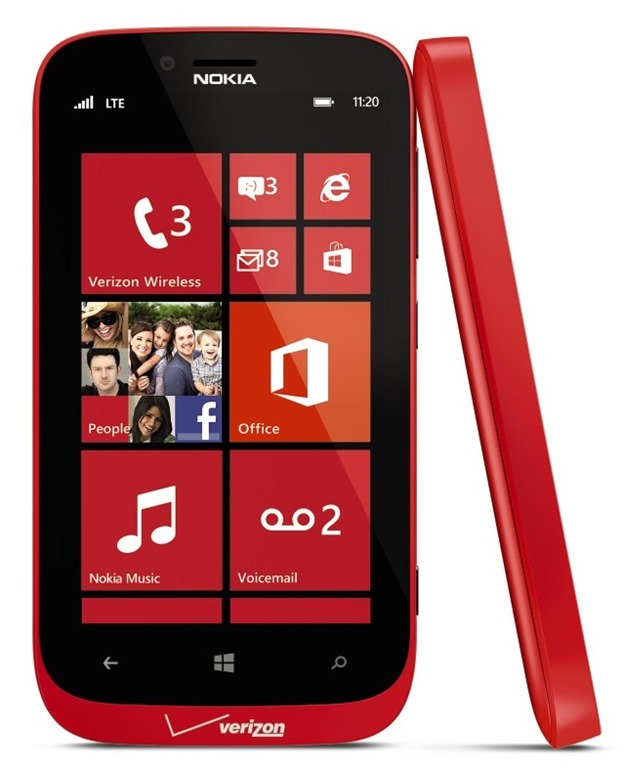
Verizon rolls out a flashy red Nokia Lumia 822 for lovers. And people who just like red
Valentine’s Day is coming and since nothing says "I love you" more than a Windows Phone, Verizon has decided to mark the occasion by debuting a red edition of Nokia's mid-range Lumia 822 smartphone. The choice of color will certainly help the handset stand out, seeing as the 822 is otherwise only available in sober shades -- black, white, and grey.
The small red is available to buy from Big Red now, either online, or from a Verizon Wireless retail store, and can be picked up for free on a new two-year contract.
The Windows Phone 8 model features 4G LTE connectivity, a 4.3-inch display with an 800 by 480 resolution, and a dual-core 1.5GHz Qualcomm Snapdragon S4 processor with 1GB of RAM and 16GB of internal storage. It also has an 8MP back-facing camera (capable of 1080p video recording at 30 frames per second) and a 1.2MP front-facing camera.
